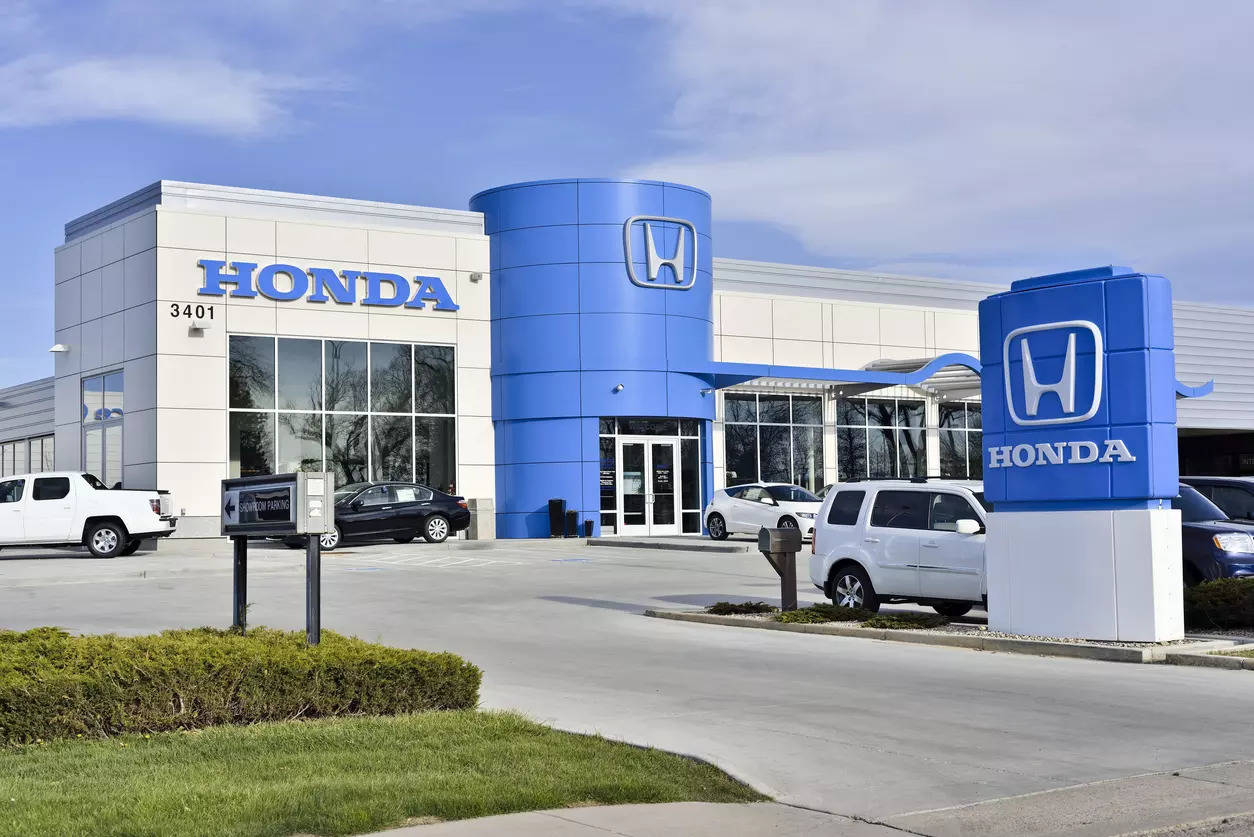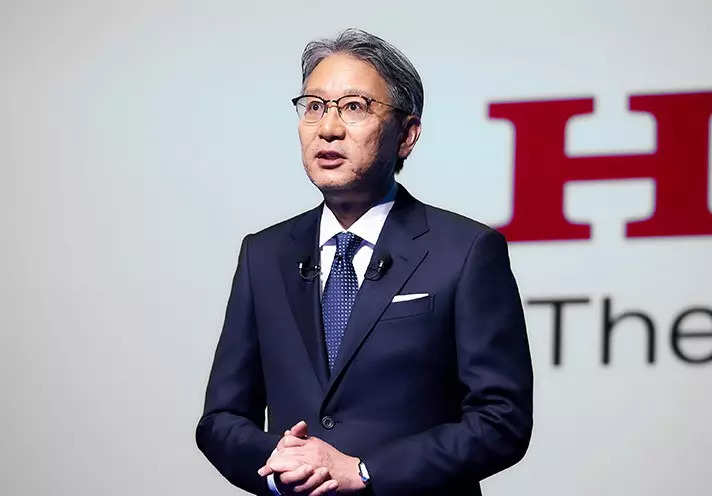
New Delhi: India did not find any mention in Honda’s Business Update held in Japan on May 16 where the focus was on electrification. North America and China were discussed in some detail though it can be assumed that India will get a reasonable share of the USD65 billion outlay that the Japanese automaker has set aside till the end of FY31.

“Honda has not changed its belief that EVs are the most effective solution in the area of small mobility products such as motorcycles and automobiles. Looking at the trend from a longer-term perspective, Honda is confident that the EV shift will continue to proceed steadily,” Toshihiro Mibe, Director, President and Representative Executive Officer (Global CEO), said at the press briefing that followed.
According to him, the company “must look ahead” to the period of EV popularisation which will begin in the second half of the 2020s. This is when it will need to build a strong EV business from a medium- to long-term perspective.
“Honda will offer its further advanced hybrid models to a large number of customers around the world. At the same time, the structure of our ICE business, which includes hybrid-electric models, will be further strengthened to ensure steady earnings. The funds generated by ICE business will be invested into EV and other new businesses,” Mibe said.
0 series models
Honda will strategically launch EV models globally, mainly with its 0 Series models. As for hybrid-electric models, it will further advance performance and enhance the lineup globally. The 0 Series models will be first introduced in North America in 2026 with seven to be launched globally by 2030.
Honda will introduce 10 EV models by 2027 and make EVs represent 100% of its automobile sales in China by 2035. The “Ye Series,” a new EV series, will follow the e:N Series currently available. Starting with the N-VAN e:, a commercial-use mini-EV that will go on sale in Japan this fall, Honda will make sequential introductions of small-size EVs in regions where there is a need for them. This also will include introduction of personal-use mini-EV models in 2025 as well as small EVs in 2026.
This year will see the launch of electric motorcycle models powered by two MPPs (mobile power packs). In FY2026, there will be a micro-mobility product in Japan equipped with four MPPs. As of 2030, Honda plans to make EVs and FCEVs (fuel cell electric vehicles) represent 40% of its global auto sales, and to produce more than two million units of EVs.
Thin, light and wise
The Honda 0 Series, which will play a key role in the strategy, will be a completely new EV series created from zero with a new EV development approach of “thin, light, and wise.” In the case of ‘thin’, the idea is to offer customers value with space that excels in both driving performance and comfort, embodying Honda’s M/M (man maximum, machine minimum) concept in the EV era.
With the adoption of a new dedicated platform for mid- to large-sized EVs along with an advanced power unit, a package featuring “unprecedented styling with low vehicle height and short overhang will be realised”.
Beyond this, a newly-developed compact e-axle and an ultra-thin battery pack will enable the motor room and floor to be made thin. There will be optimisation of parts layout, reduction in their number as well as adoption of Honda’s original collision control technology.
As for ‘light’, Honda will pursue sporty driving in its new EV models. Apart from lighter body frames, these vehicles will adopt an all-new power unit, made lighter and thinner by applying Honda’s original technologies amassed through the development of F1 machines and HEV models. This will enable reduction in vehicle weight by nearly 100 kg.
Heavy components such as the battery and power unit will be placed low and in the centre of the vehicle body. This will ensure low centre of gravity, resulting in stable vehicle behavior and sporty driving performance. Honda will strive to realise sufficient range of more than 480 km for each of the Honda 0 Series models.
Finally, with ‘wise’, the 0 Series will offer a digital UX optimised for individual customers along with connected technologies. Vehicle functions will be continuously updated with OTA (over-the-air) updates.
Centralised architecture
“The EV models we will introduce in the second half of the 2020s will continuously advance in a way that they will possess intelligence to be more attentive to the preferences and needs of each individual customer,” said Mibe . The Honda 0 Series models to be introduced in the second half of the 2020s will adopt a centralised architecture to consolidate multiple ECUs serving individual functions.
In the first half of the 2020s, Honda will procure the necessary volume of batteries while holding down the cost by strengthening external partnerships for liquid lithium-ion batteries. By the mid-2020s, it will begin battery production with its JV partners.
In the US, the joint venture EV battery plant with LG Energy Solution will begin production in 2025 with a capacity of 40GWh of batteries per year. The lightweight and compact battery packs will be installed in the 0 Series models.
During the popularisation period for EVs in the second half of the 2020s, Honda will expand its scope of battery business and strive to build a vertically-integrated and comprehensive EV value chain. This will have a central focus on batteries, that includes all aspects of EV production, from procurement of raw materials mainly for batteries, through production of finished EVs, as well as battery reuse and recycling.
By 2030, Honda will reduce the cost of the battery to be procured in North America by more than 20% compared to present costs of batteries. The period of transition from ICE to EV leading up to the mid-2020s will be one in which Honda will “respond flexibly” to changes in demand and the business environment while also ensuring profitability.
“During this phase, our existing production facilities will be fully used to produce both ICE and EV models on the same line,” said the CEO. In addition, Honda will advance its production operations by incorporating advanced technologies to realise the ‘thin, light and wise” concepts. The culmination of these initiatives will be demonstrated at the dedicated EV plant which will become operational in Canada in 2028.
















